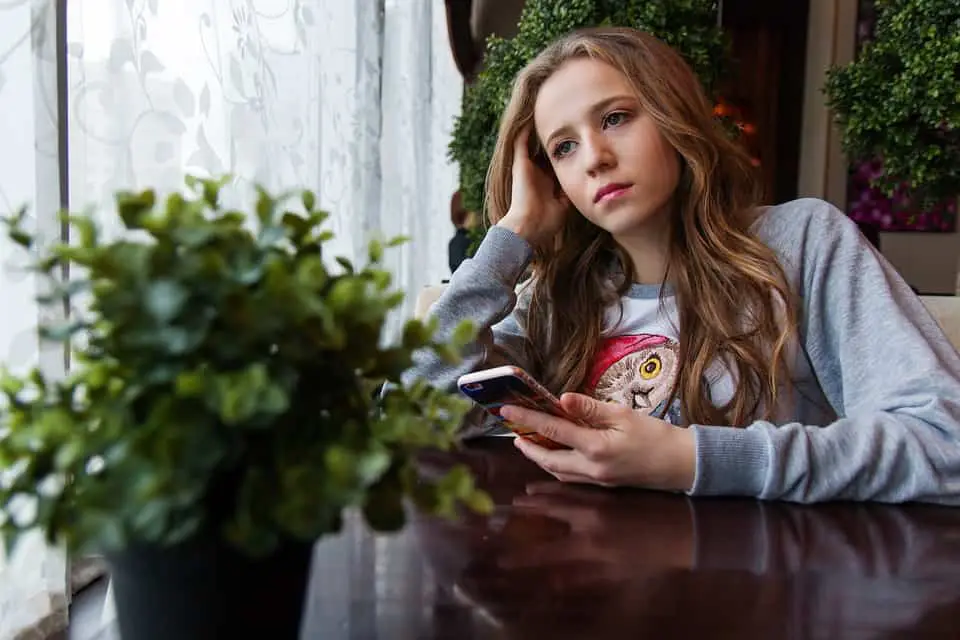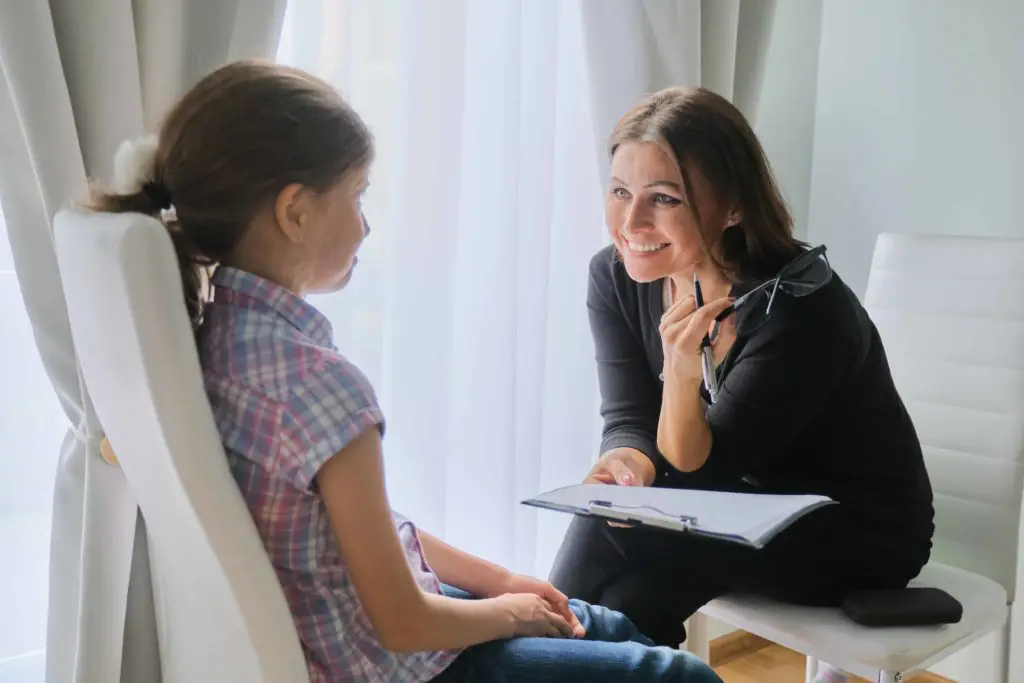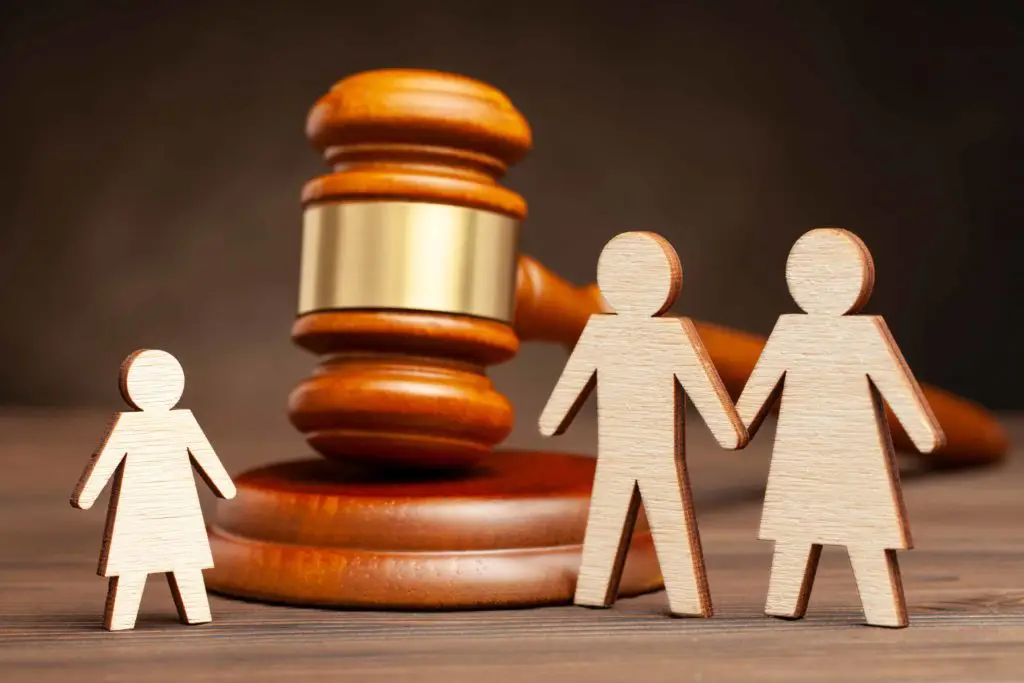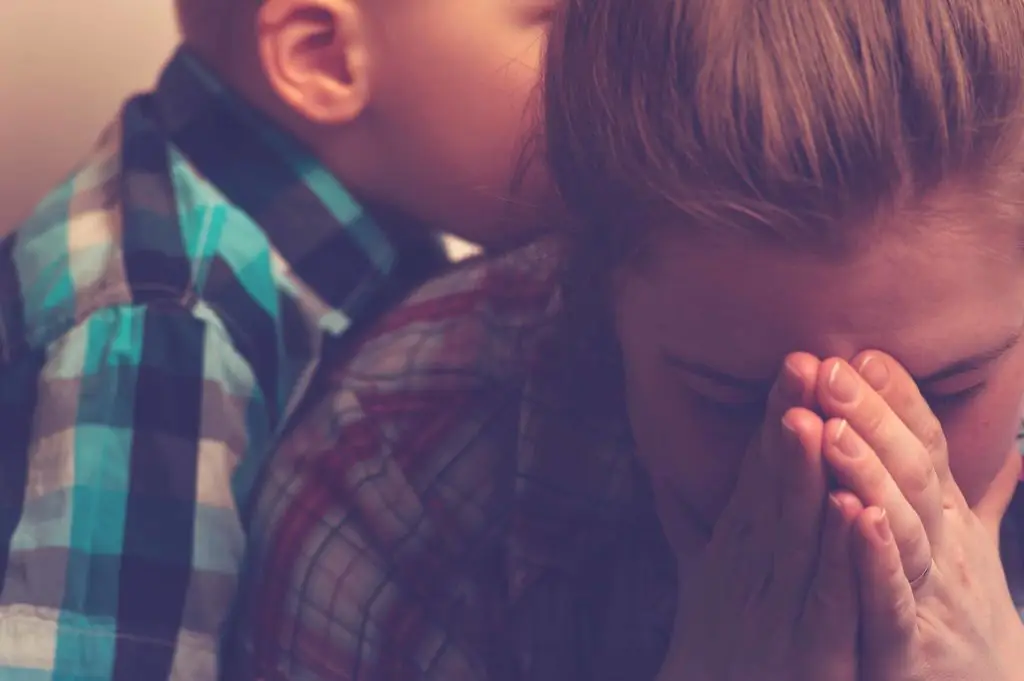Whether you made the call or were reported by someone else, you probably want to know what happens when CPS is called. It’s a complicated process, and I’ve found the answer!
Of course, if you are being investigated by CPS, you should check out other CPS articles for more helpful information and free legal aid.
So, without further ado, here’s what happens when CPS is called.

Need legal advice?
Low Income Relief is staffed by researchers, not lawyers. If you need legal advice, our friends at JustAnswer may be able to help! Contact them today.
The initial report must go through an intake process.
The first steps happen before the family being investigated is even aware that a report has been made. These behind-the-scenes steps are very important, though.
Suspected abuse must be reported.
Suspected abuse has to be reported. Doctors, lawyers, teachers, therapists and other professionals are mandated reporters. In some areas, everyone is responsible for reporting abuse.
Of course, this means that many innocent families are reported to CPS… and CPS is required to investigate all reports of child abuse and neglect. That’s why so many innocent parents worry about what happens when CPS is called!
CPS decides whether to “screen in” or “screen out” the report.
Once the report is received, CPS must decide whether it needs to be investigated. Reports that need to be investigated are “screened in.” Reports that do not need to be investigated are “screened out.”
Almost half of reports are screened out.
It has been estimated that 40% of reports are screened out during this initial triage phase. There are many reasons that a case may be screened out, including:
- The report was already investigated.
- The allegations do not constitute abuse or neglect.
- The report does not include enough information.
- The report was deemed unfounded after contact with a reliable source with firsthand information about the allegations.
For example, someone reported us because our children “ate too many peanut butter and jelly sandwiches” and “didn’t get along with their siblings.” Those are not signs of abuse.
If a complaint is screened out, no further action is taken. That’s good news for innocent parents because it means that many times, the answer to “What happens when CPS is called?” is absolutely nothing at all.
CPS must decide whether immediate danger is present.
If actual abuse and neglect is reported, CPS must determine if the child is in immediate danger. If so, they must investigate within 24 hours. If not, the investigation starts any time within the next 90 days.
CPS must decide whether to involve the police.
In situations where very serious abuse or neglect are reported, Child Protective Services may need to involve the police. If sexual abuse or severe physical injuries are suspected, expect the police to be brought in on the case.

If the call is screened in, CPS must investigate.
As noted, CPS has 90 days to investigate a report if it is screened in. If immediate danger is suspected, they will follow up within 24 hours.
CPS is obligated to notify both parents about the investigation, if both parents can be found. The agency must try to locate both parents.
CPS can talk to your children without your consent.
Even if you are not the suspected abuser, CPS can talk to your children without your knowledge or permission. They can interview them at school, daycare or any suitable location. They do not need to ask or notify you beforehand.
During the interview, the CPS caseworker is allowed to take pictures of your child. In some cases, CPS may also request medical or psychological examinations of your child to determine if the abuse or neglect occurred.
In general, CPS will have to see and speak to all of the children living in your home during their investigation.
CPS can talk to anyone who may have information.
CPS has the right to talk to anyone who may have information about your case. This may include your other children, neighbors, babysitters, doctors, relatives and more. For many parents, this is the most embarrassing answer to “What happens when CPS is called?”
CPS can visit your home.
As part of the investigation, a CPS investigator will typically want to visit your home. You can refuse entry to the caseworker. However, if they have a court order, they can enter even without your consent.
CPS can access and review records about your child.
Child Protective Services will be able to access and review police reports, medical reports, school reports and more.
CPS must determine if the report is founded or unfounded.
At the conclusion of the investigation, CPS must determine if the report is founded (true) or unfounded (false).
If the report is unfounded, the investigation ends and the case is closed. Most screened-in CPS reports are unfounded. Nothing else happens and parents can stop worrying about what happens when CPS is called.
However, if the report is deemed founded, the case continues. They could order you to participate in a safety plan, attend counseling or rehab, or make other steps to improve your child’s safety and security within the home. They can also file a lawsuit to take your children away.

CPS must determine if children need to be removed.
I’ve found that most parents who wonder “what happens when CPS is called?” are really asking how easy it is for the agency to take their children away.
If CPS thinks that your children are in danger, they can remove your children from that situation for their protection. There are several reasons why CPS may take your children out of your home.
Other agencies can also remove children from the home before or during a CPS investigation. A hospital can refuse to let a child go home with their parents if the doctor suspects this would be dangerous. Police can remove children from their homes, as well.
If a child is taken from your home, you may be able to pack some clothes, a jacket, a toothbrush and a favorite toy to provide comfort. Look into this.
The first step to removal is a court order.
Except in emergencies, CPS must obtain a court order to remove your children from your home. This starts when they file a petition with the court and receive an emergency protection order.
After the children have been removed, parents will be notified in writing about the removal. The paperwork they receive will include the removal filed with the court, as well as written statements about the reasons for the removal.
Once the court is involved, the parent who is accused of abuse will be eligible for a court-appointed lawyer. The child will also participate in the case through a Lawyer Guardian Ad Litem (LGAD) who represents the child’s best interests. According to Michigan Legal Help, any parent who is not accused of abuse does not have the right to a lawyer.
A preliminary hearing happens right away.
A preliminary shelter care hearing will be held shortly before or after the child is removed. The courtroom will include the judge, the parent’s attorney, the children’s representatives, the agency attorney, the caseworker and witnesses, as well as a court reporter, interpreter and bailiff.
At this hearing, the investigator will present the evidence regarding the abuse. Parents may present their own evidence to challenge the allegations.
The judge will decide whether the child should stay at home or be kept out of the home until the trial. The child may be placed with family, close family friends, or foster care. This is usually what people are scared of when they’re wondering what happens when CPS is called.
Next, a fact-finding hearing or trial happens.
Another court hearing will be held after several weeks. This meeting is to determine whether there is enough evidence to determine whether the alleged abuse or neglect has occurred.
The judge can decide whether there is enough evidence to suggest there was abuse, or whether the case should be dismissed based on the lack of evidence.
A dispositional hearing leads to a plan.
At the dispositional hearing, the judge will determine where the child should live. A plan will be made that outlines the parent’s visitation with the child, any social services the family will receive and what the parent(s) need to do in order to get their children back.
The judge can also order counseling, parenting classes, anger management courses, drug/alcohol treatment programs or other requirements as well. In some extreme cases, the judge may also order that the person who was accused of the abuse must leave the home.
You cannot be forced to complete those, but the court can remove your child if you do not agree to cooperate with these requirements. If you worry about what happens when CPS is called, you should definitely plan to cooperate with these requirements.
Review Hearings happen frequently.
At least once every six months, a review hearing will be held to determine what progress has been made toward reuniting the family. The judge will assess whether the child can safely go home with the parents.
If your children is out of your home for an extended period of time, you may be ordered to pay child support. Very low income parents may be able to work with their local Division of Child support to negotiate or delay collection.
It is important for parents to make progress on the plan outlined in the dispositional hearing. You will have to complete the case plan before the child will be returned home.
If progress isn’t made, a Permanency Hearing will happen.
This is the part that most parents are worried about when they start thinking about what happens when CPS is called. The good news is that parents who work hard to get their children back can often avoid this final, scary step.
If the child is still living outside the home in 12-18 months, the court will hold a hearing to determine the child’s permanent living situation.
This hearing can have several different outcomes:
- Dismissal, in which the child is returned home and the judge dismisses the case
- Guardianship, in which the child is placed in a long-term guardianship with a relative or foster parent. Parental rights are not terminated.
- Permanent Custody Order, in which a relative or other person is given legal custody of the child
- Long-Term Foster Care, in which the child grows up in foster care.
- Termination, in which the parent’s rights are terminated and the child can be adopted by someone else
- Independent Living, in which the courts emancipate the child and can live on their own
In order to terminate parental rights, the judge must have clear and convincing evidence that the abuse actually occurred and that the petition’s stated facts are true.
Confused? Here’s a handy flow-chart.
If the courts get involved, the situation gets complicated very quickly. It’s no longer easy to answer “What happens when CPS is called?” at this point because there are so many contingencies.
I’ve done my best to explain it below, but you may also want to check out this handy flowchart by Michigan Legal Help. Please note that some of the details and timelines may vary depending on which state you live in.

All CPS cases close within 18 months.
The longest amount of time that your case will remain open is 18 months from the time of the child’s removal, according to HG Legal Resources. If you’re worried about what happens when CPS is called, at least you can take comfort in knowing it doesn’t last forever!
Before the case closes, CPS will have the option of filing a lawsuit to terminate your parental rights. This is exactly what it sounds like. CPS will attempt to convince the court that you should not have any rights to parent your child.
If CPS hasn’t filed a lawsuit to terminate your parental rights by this time, the case will automatically close. If the deadline passes, seek written confirmation that the case is closed before you attempt to regain custody of your children.
Some states have different options when it comes to CPS.
If you’re wondering, ‘What Happens When CPS is Called?” then you may be surprised to know that these cases can progress a little differently depending on which state you are in.
Michigan divides reports into four categories.
Michigan has a solid class system for dividing screened-in cases. When a category is assigned, the accused person’s name is added to a statewide directory called Child Abuse and Neglect Central Registry. If the accused person is later found innocent, their name can be removed.
Washington State’s “FAR” Program
For example, in Washington State, you may be asked to participate in the Family Assessment Response (FAR) Program. This program is for families that have been reported, but the reports do not indicate imminent harm.
The program instead provides support to the family for 90 days. They can provide various services. The one time that I participated in the FAR Program, they contributed $500 to my $3,364 power bill!
Of course, if you refuse to participate or something is uncovered in the FAR program that leads the caseworker to suspect abuse, a full investigation can be launched.
Do you have other questions?
Have we answered your questions about what happens when CPS is called, or do you still have questions? If you still have questions, please let us know in the comments!

